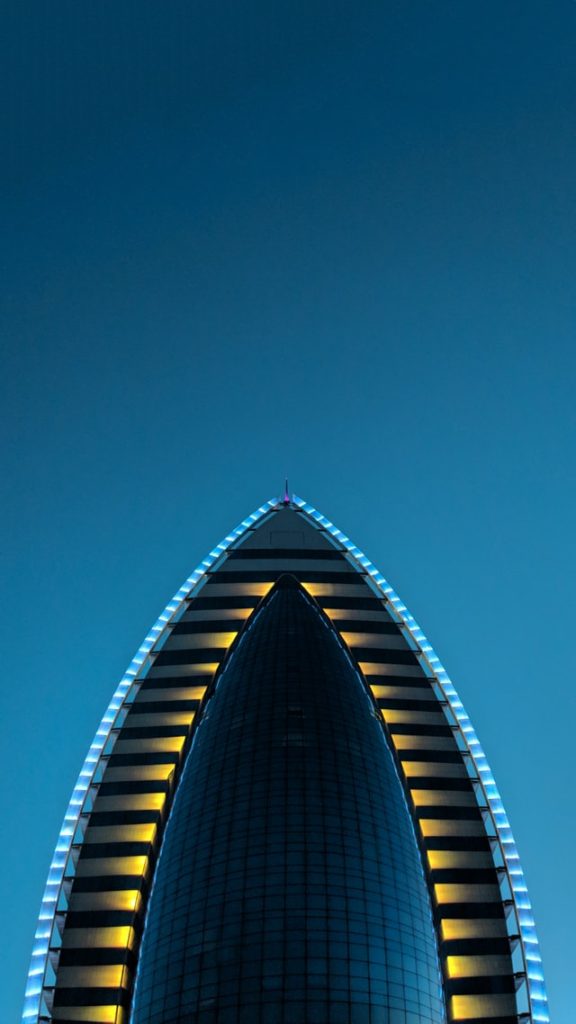
Turkmenistan is a state in Central Asia, it has common borders with Uzbekistan in the northwest, with Kazakhstan in the north, Iran and Afghanistan in the south, and is bounded by the Caspian Sea in the west. The territory of Turkmenistan is located on the territory of Karakum, one of the famous vast sandy deserts of Eurasia.
The total area of the country, which is more than 490 thousand square kilometers, is 80 percent desert. Turkmenistan is the world’s fourth largest country in natural gas reserves and has the world’s second largest gas field Galkynysh.
The capital – the majestic white marble city of Ashgabat with a population of over 900 thousand people.
Turkmenistan is the country of unique nature reserves, boundless deserts with fanciful dunes, mosques and palaces, famous oriental Turkmen carpets and noble Akhalteke horses.
The most ancient history of Turkmenistan starts from III-II centuries B.C. with the existence of Margiana civilization. Then, in different centuries and epochs it was dominated by the Achaemenids, Alexander the Great, Parthian and Sassanid kingdoms.
Later the territory was conquered by the Proto-Turks, the Arabs, and the Ephtalites. In the 9th-10th centuries, the Tahirids and the Samanids reigned here. In the 11th century, descendants of Oghuzes founded the first Turkmen state, Seljuk state with the ancient capital of Merv. In the 13th century the territory of the modern Turkmenistan was ruled by the Khorezmshahs but soon found itself under the power of the Mongol horde.
In 16-18 centuries the territory belonged to the Khiva and Bukhara Khanates.
At the end of the 19th century expansion of the Russian Empire to the east began, which led to the fact that in the early 20th century Turkmenistan became part of the USSR.
Because of such rich history here one may see ancient fortresses of Achaemenids, remains of settlements of Parthian kingdom, caravanserais, mosques, mausoleums, tombs in ancient cities, Soviet architecture of cities and white marble of the post-Soviet period of the country’s history.

The desert deserves special attention of the tourist – it is impossible not to fall in love with its stunningly mysterious under the night starry sky. Its landscapes, sounds and smells, oddly enough, remind the works of Paulo Coelho and Antoine-Saint Exupery. The desert is a special philosophy.
The climate is arid sharply continental, with little precipitation, low humidity, high temperatures in summer, large variations in daily temperatures.
The best time to visit the country is spring (March-May), when the desert briefly blooms and gets covered with green carpet, and autumn (September-November), when these heated lands begin to cool down and give a soft gentle heat.
Turkmen national cuisine is distinctive and attractive. One can taste national nourishing soups – umpach-zashi (flour soup), gainatma (pea soup), chorba (lamb meat soup). Like other nomads of Central Asia Turkmens also have beshbarmak, pilaf and govurlan-et (roast lamb) in their national cuisine.
One can try unusual sour milk drinks – chala, teleme, agarana made of camel milk.
For dessert and tea one may try pishme and shilekli – national dairy products.
The population is over 5 million people. 91% of the population are Turkmens, the rest are Uzbeks, Russians and others.
Official language is Turkmen (belongs to Turkic languages), some part of the population has decent Russian language skills.
The official unit of currency is the Turkmen Manat.
